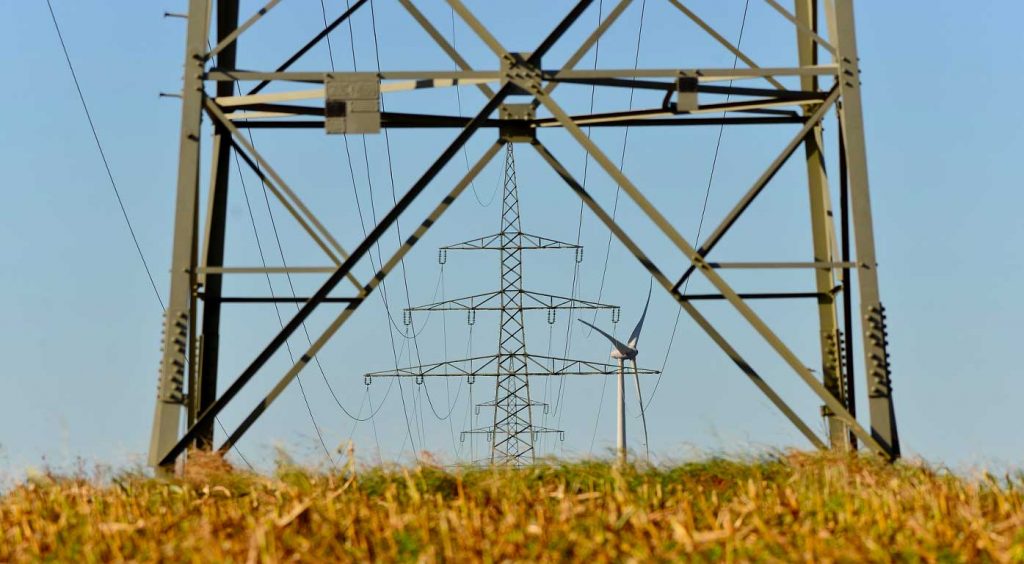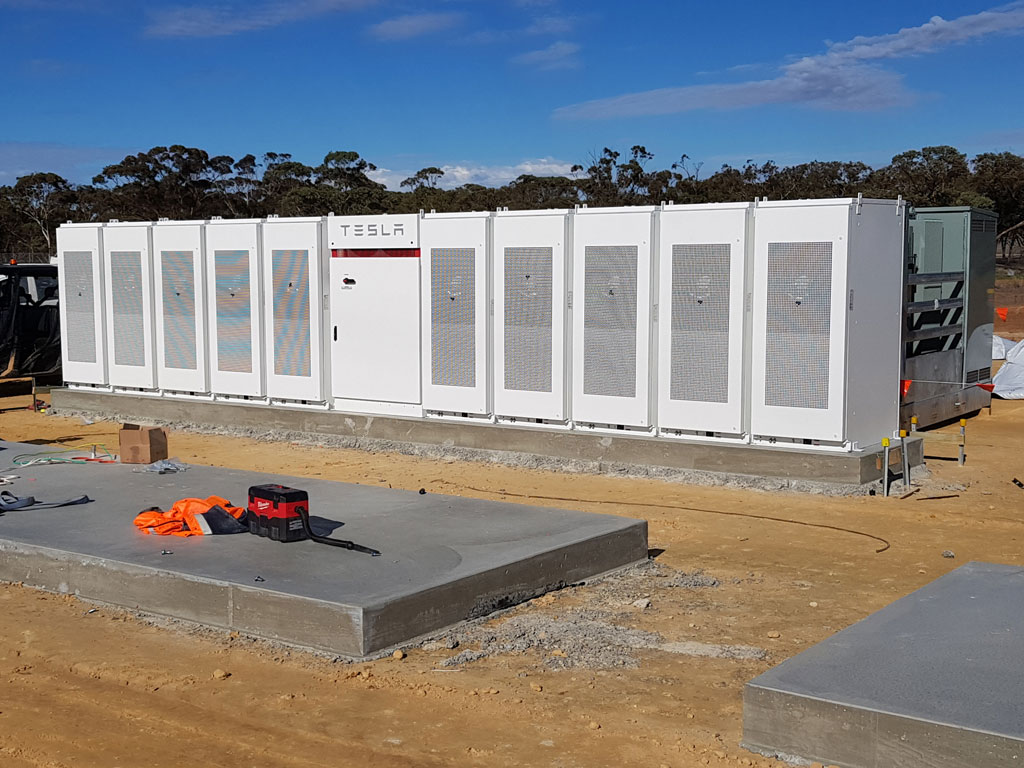Hunt on for fixes for weak electricity grids
Researchers at Monash University’s Grid Innovation Hub will look for ways to strengthen weak and unstable parts of the electricity grid.

Victoria’s north-west has been chosen as the case study for a new project looking for ways to connect renewable energy to weaker parts of the electricity network.
Monash University researchers selected the West Murray region because its lack of system strength is holding back development of new projects, despite the climate being well-suited to renewable generation.
ARENA is providing $495,680 towards the $1.3 million project, which will also receive in kind support from grid inverter provider ABB, the Australian Energy Market Operator and network AusNet Services.
Announcing the funding, ARENA CEO Darren Miller said the Monash University study will support the transformation underway as more of our energy is supplied by variable sources of renewable energy.
“These renewable resources are typically located in weaker areas of the grid, causing stability issues,” Darren Miller said.
“Monash’s study, while looking at North West Victoria, will aim to provide a template for other renewable energy zones and remote areas across Australia where solar and wind farms face connection delays or curtailment due to weak electricity grids. If we can find technological solutions, this may reduce the need to limit plant operations or upgrade transmission infrastructure.
“We hope this will help to increase the value delivered by renewable energy, remove barriers to renewables uptake and help to increase the overall skills, capacity and knowledge relevant to the relevant technologies,” he said.
Tackling barriers to higher renewable energy uptake
The desktop study has set out to define the stability challenges the grid faces and assess techniques that may be used to address them.
A range of options will be on the table, from adding technologies like large scale batteries and synchronous condensers that help to regulate voltage, or changing the way wind and solar farms are sited and operated.

The findings are expected to apply to other renewable energy zones across the NEM, including the Central West Orana and New England regions that have begun preliminary works in recent weeks.
Chairman of the Monash Energy Institute’s Grid Innovation Hub, Dr Tony Marxsen, said the goal is to develop a blueprint for large renewable energy sources to be deployed in an affordable and consistent manner.
“Australia’s renewable energy future will use decentralised energy sources in areas of high winds and lots of sunshine — and these areas tend to be remote from cities, where the grid is weak,” Mr Marxsen said.
“Even with the strengthened interconnections foreseen in AEMO’s Integrated System Plan, the problem of weak electricity grids in remote areas will continue to challenge large renewable investments,” he said.
Renewable energy zones kicking off
The study hopes to build a better understanding of ways to mitigate the risks for renewable energy developers — a growing challenge, particularly in north-west Victoria and south-west New South Wales.
In late 2019, a lack of system strength led AEMO to cut the amount of energy solar farms in the region are allowed to export, impacting revenues and stopping new projects from connecting to the grid.
The lack of system strength makes it difficult for the network to respond to fluctuations in voltage and return to a steady state after a disturbance. With asynchronous technologies like wind and solar typically not contributing to system strength, the challenge is forecast to become more acute as fossil fuel power stations are retired.
The issue is being felt across the NEM, forcing network operators to embark on new projects to grow the hosting capacity of their systems. ARENA has announced support for TransGrid and the New South Wales Government to assess the feasibility of transmission upgrades that will unlock up to 11 GW of generation capacity in new renewable energy zones.
After receiving strong interest in the 3,000 MW Central West Orana renewable energy zone announced in late June, the NSW Government has aimed higher for the New England region with a target of 8,000 MW of generation capacity. Its electricity strategy released in late 2019 says its plan for three renewable energy zones could support “up to $23 billion of private sector investment in our regions and up to 2,000 construction jobs each year.”
If the feasibility study is successful, construction of the Central West Orana renewable energy zone is expected to begin in 2022.
LIKE THIS STORY? SIGN UP TO OUR NEWSLETTER

ARENA